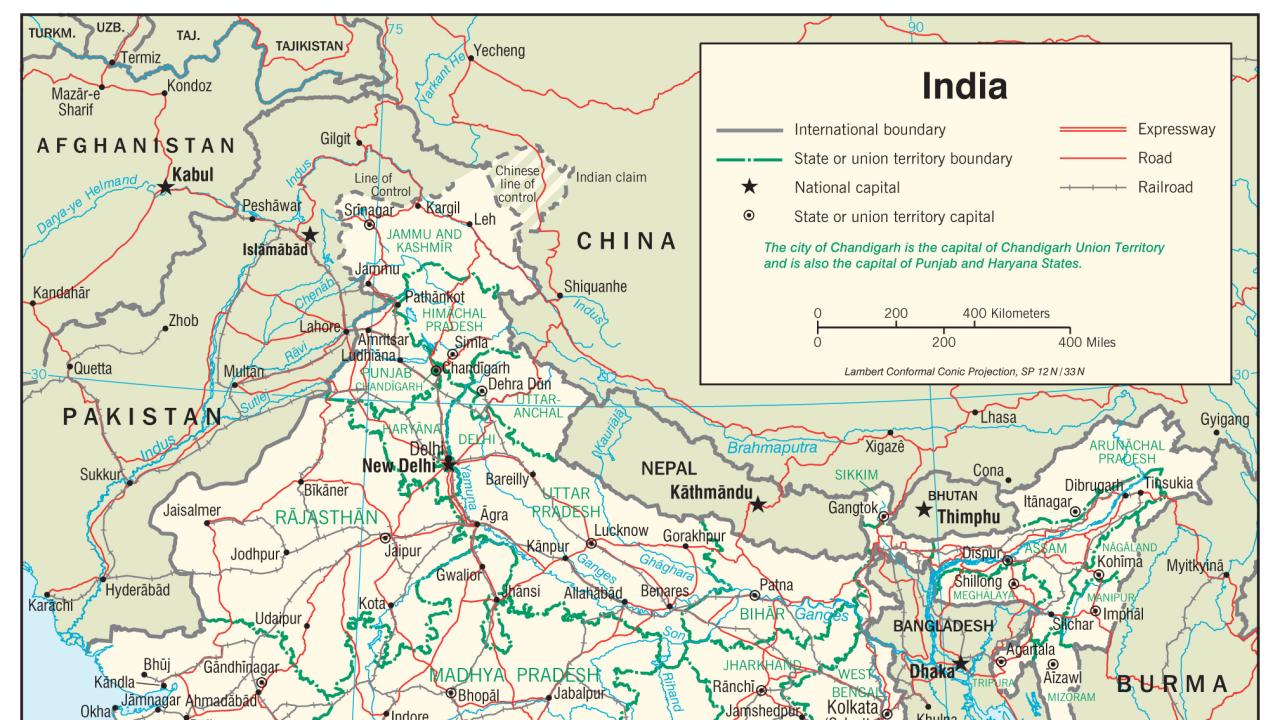
For poor households engaged in agriculture, output risk and price risk are major obstacles to asset accumulation. Negative price shocks can have devastating effects, but this research aims to develop a complementary pair of initiatives to mitigate these risks. The first initiative is weather insurance that will pay farmers when rainfall is low. The second links farmers to spot and futures markets, promoting forward-looking planting decisions and eventually the hedging of risk directly through commodity exchanges.
This activity will build on several years work of pilot projects that have been conducted in the region, and can build on their findings about weather insurance products and futures market education. Many farmers are wary of new financial products, and reluctant to use them as part of their investment strategies. However, by helping farmers understand the potential benefit of the products in the long term, they may help them move into levels of higher asset accumulation and significantly reduce their risk.
This project is central to the current debate in India over whether liberalization and growth will benefit poor households. This research will help to inform policies and put emphasis on extending access to all, in order to make financial liberalization a strategy that can help all levels of society. The project also has the potential to inform the development of weather insurance programs worldwide, as well as help clarify the potential of futures markets to improve farmer welfare, with the goal of mitigating agricultural risk faced by the world’s poor.
